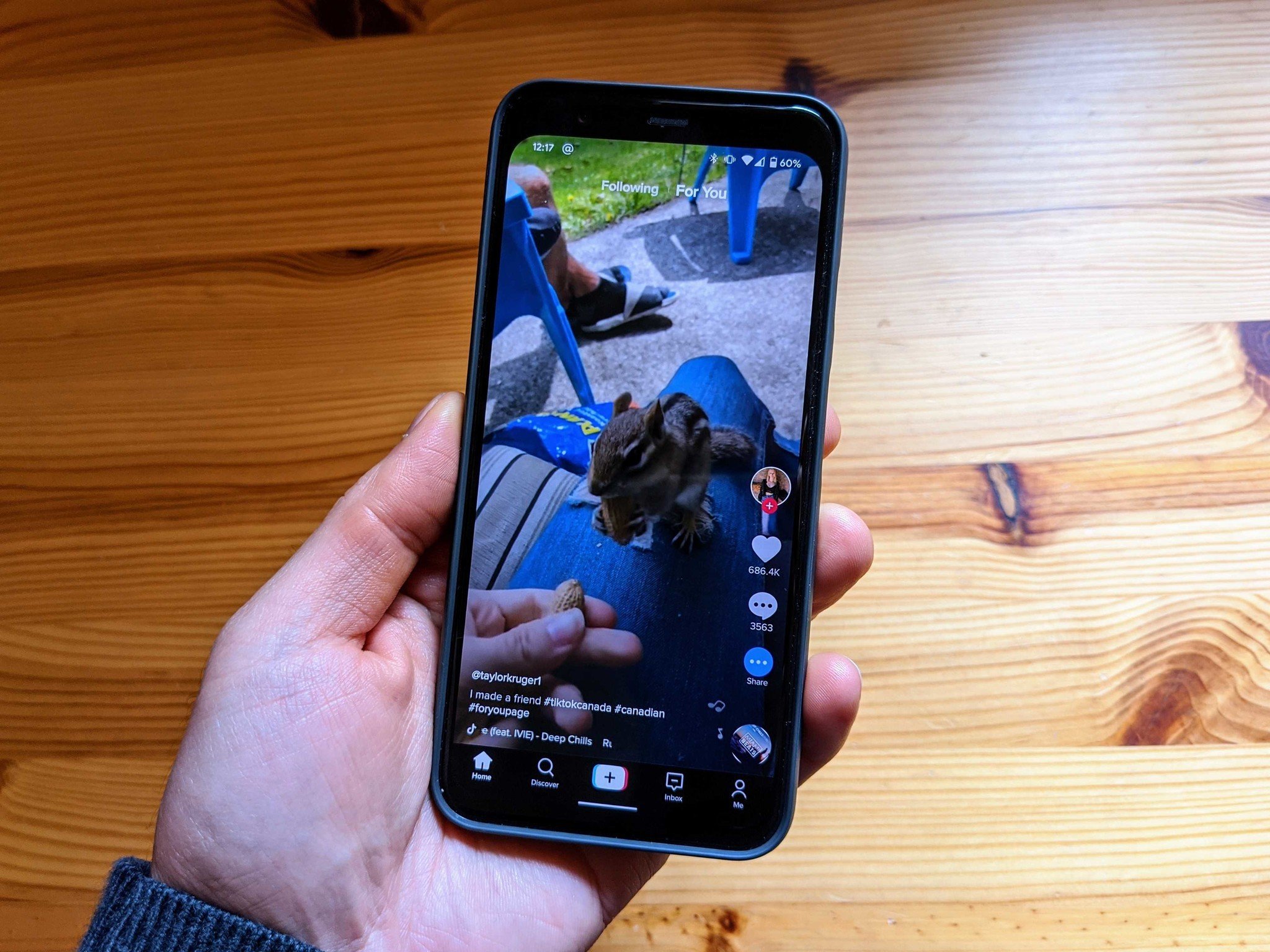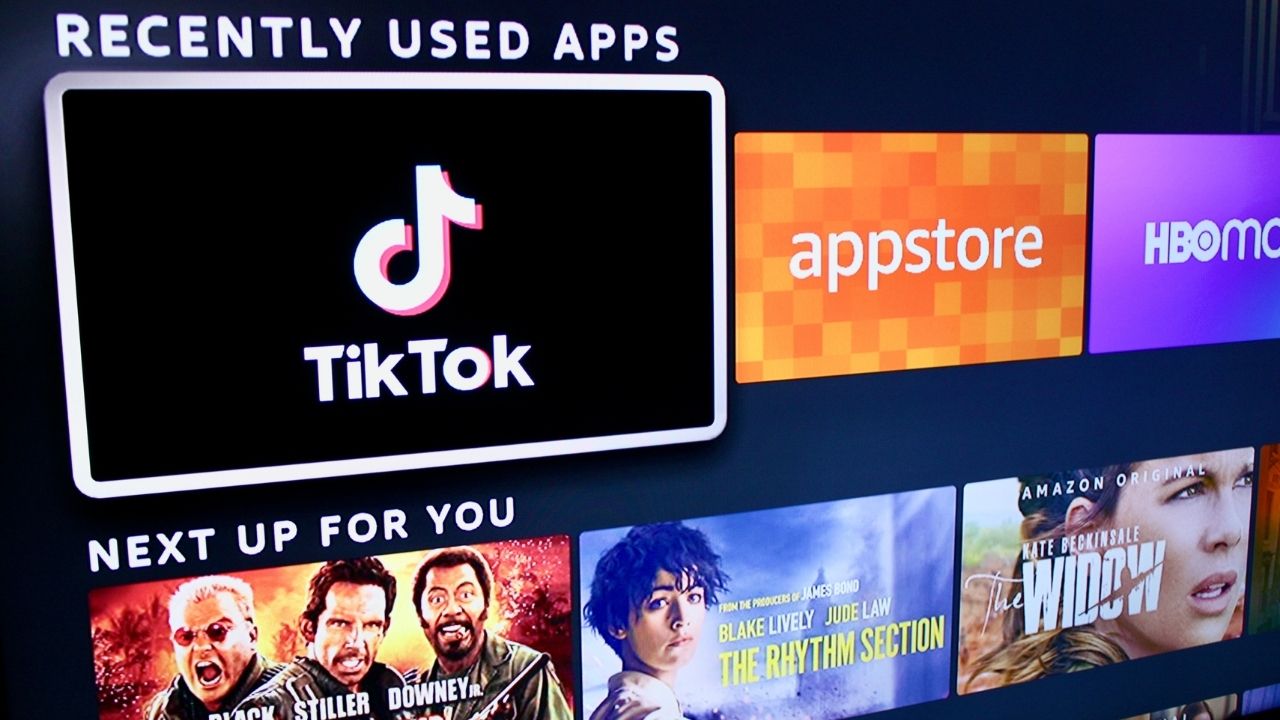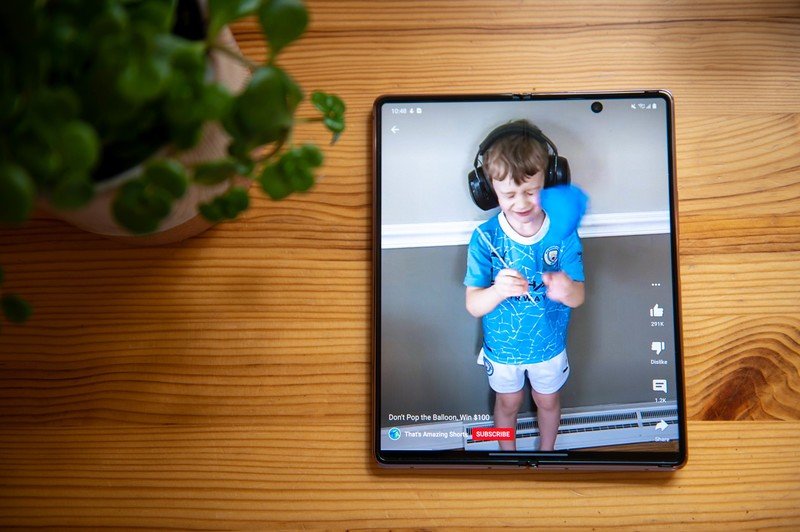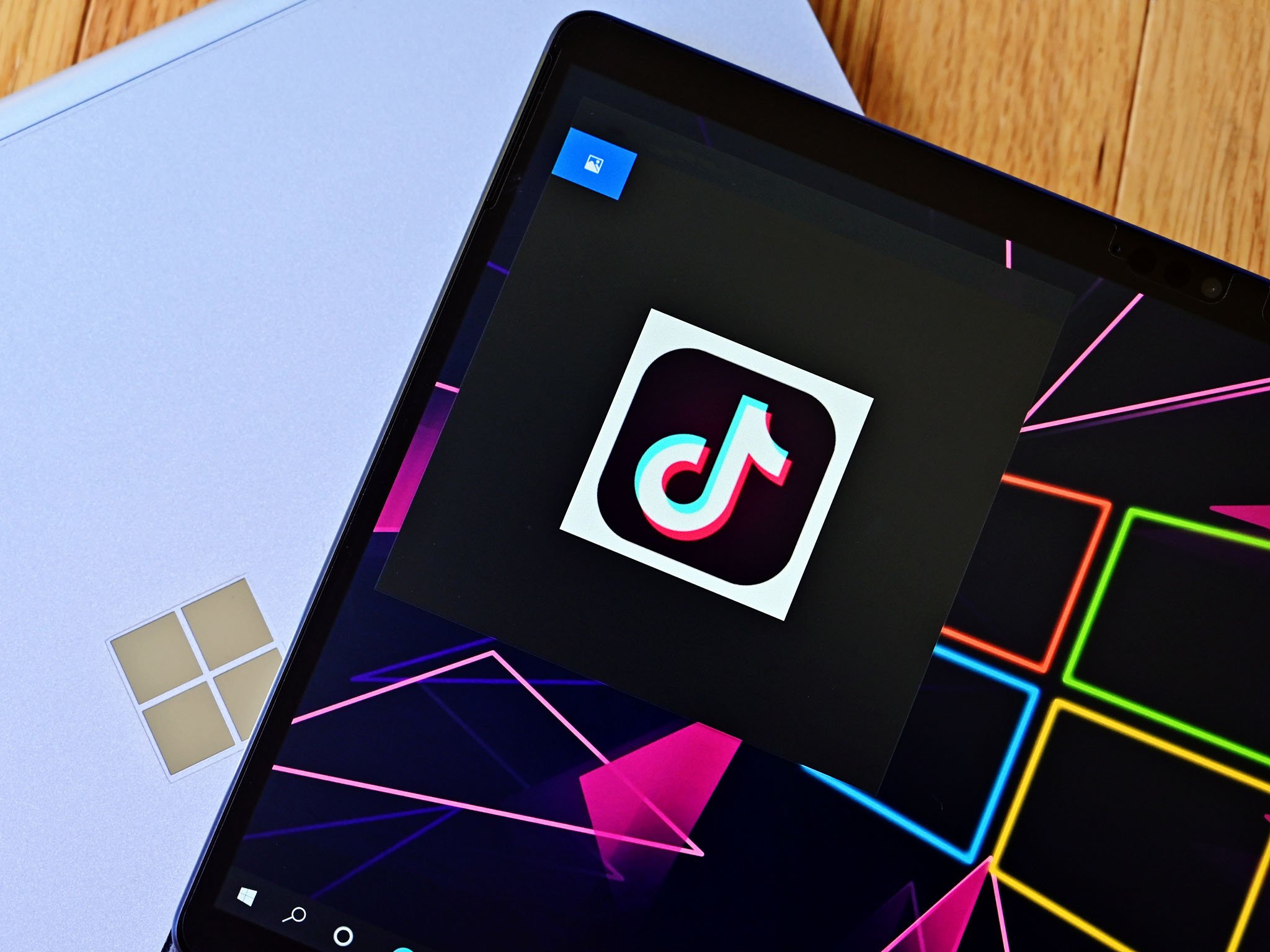TikTok and YouTube Shorts are heading in opposite directions, and that's a good thing
Creators are going to have so many more options to make new content

TikTok’s decision to let users upload longer videos is a smart move, experts say. They note that this opens up the spectrum for creators to make content in different ways, but it doesn’t necessarily mean that TikTok’s platform is now going to be better than Google’s YouTube Shorts.
Last week, TikTok announced it would be rolling out the ability to upload videos up to 10 minutes long for everyone worldwide. The new video limit is available on both mobile devices, including the best Android phones and the desktop site.
This is the second time the company has increased video limits; the first was in July 2021, when it allowed users to upload up to three minutes.
Social media consultant Matt Navarra says in an interview that this isn’t a surprising move by the company. He adds that it's smart and logical as it “gives people much more creative space to do different types of content or actual shows or the headroom to make longer pieces of content, which they wouldn’t be able to do with the current limits.”
Interestingly, Navarra says that while this would lead to TikTok directly competing with YouTube, this change also means TikTok would be facing off against other well-known video services such as Netflix and Disney+.
Not that TikTok’s goal is to become the next Netflix or Disney+, but rather by having longer-form content on their platform, TikTok adds a greater number of new direct competitors in the battle for people's viewing time and attention.
What TikTok might want to consider, however, Navarra says, is a way to organize videos with different lengths.
Be an expert in 5 minutes
Get the latest news from Android Central, your trusted companion in the world of Android
TikTok may try to bring in a new audience

Anshel Sag, a senior analyst at Moor Insights & Strategy, says that adding longer videos to TikTok’s platform is a “clear indication” of the desire for long-form content even on platforms like TikTok, which is specifically designed for shorter videos.
“Even with three-minute-long videos, there are still multi-part videos, which I think most users hate when there’s a story to tell,” he says.
“I think [TikTok] is moving in the opposite direction to [YouTube Shorts], filling a gap that TikTok believes that it has on the platform and finding a way to continue to enable growth. I don’t think it’s a particularly big growth driver, but I do think it will enable some creators to tell their stories better.”
Richard Lachman, an associate professor at Ryerson University and expert on social media, says TikTok is vying to expand its market, its users, and the creative possibilities.
“There is, right now, some content that doesn't ‘work’ on TikTok that must only live on YouTube. [TikTok] wants to be all things to all people,” he says.
That being said, Lachman notes that TikTok and YouTube are two completely different audiences, and there is still a number of people who don’t “get TikTok,” and those who do use TikTok tend to be younger.
“So the audience might not expand, but their existing audience’s time on-platform might increase,” he says.
Carmi Levy, a technology expert based in Canada, says that while YouTube is the originator of the entire online video market, it’s always been Google’s to lose.
“While TikTok’s ascendance among younger users has certainly made the space far more competitive than it was when YouTube was the giant in the room, recent experience shows creators seamlessly crossing over between both platforms, often cross-posting content and related commercial links to drive ad revenue on both sides,” he says.
Though TikTok has done a great job at capturing that younger audience, he says YouTube has also succeeded in retaining relevance across its “admittedly broader audience, while also appealing to the new generation of TikTokkers as option B on their palette of preferred platforms.”
Neither YouTube nor TikTok is doing it right or wrong, there are just more options now

While TikTok gets longer videos, and YouTube Shorts has shorter ones, the two companies are going in opposite directions, but it doesn’t make one more successful than the other, Navarra says.
“I think they will both be successful, but for different reasons. I think YouTube’s already very established and has those options for creators to make money and for it to have all the creative tools in place. Its challenge now is building that vertical feed and trying to encourage its existing and new creators to create for Shorts. But it hs this challenge that it ultimately is not TikTok and hasn’t got that brand appeal and the vibe that being on TikTok has. That’s very hard to reproduce,” he says.
Where TikTok will find challenging is trying to retain people’s attention span who have been conditioned to shorter videos on the platform, Navarra says.
That being said, Sag believes that TikTok is still doing a considerably better job among all the platforms.
TikTok’s arguably better algorithm could take a hit with longer video form

While both TikTok and Shorts have challenges in front of them with moving in different directions, Lachman notes that where TikTok might suffer is with its algorithm, which up until now has seemingly been really good.
“One of TikTok’s biggest competitive advantages was that their recommendation algorithm seemed so good,” he says, adding that short-form videos help give data points often from every time someone scrolls, pauses, likes, or swipes to see a creator’s profile.
“You have more chances to train the algorithm when there are shorter videos. By moving to long-form video, TikTok might lose that advantage — the ‘tempo’ of giving them data will slow down. This will impact their algorithm’s accuracy, their targeting models of users, and, if users notice, ultimately, their ad revenue,” Lachman says.
Levy agrees, adding that the decision to make videos longer on TikTok was likely not an easy decision to make, but the change opens up new avenues for TikTok to drive revenue for itself.
“It isn’t a decision to be made lightly, as it can potentially generate a significant impact on TikTok’s back-end infrastructure. But when you’re a global player with industry-leading growth stats and seemingly limitless demand from an entire generation for what you have to offer, you make the necessary engineering investments to meet that demand and stay ahead of the curve,” he says.

Shruti Shekar is Android Central's Editor-in-Chief. She was born in India, brought up in Singapore, but now lives in Toronto. She started her journalism career as a political reporter in Ottawa, Canada's capital, and then made her foray into tech journalism at MobileSyrup and most recently at Yahoo Finance Canada. When work isn't on her mind, she loves working out, reading, watching the Raptors, and planning what she's going to eat the next day.
